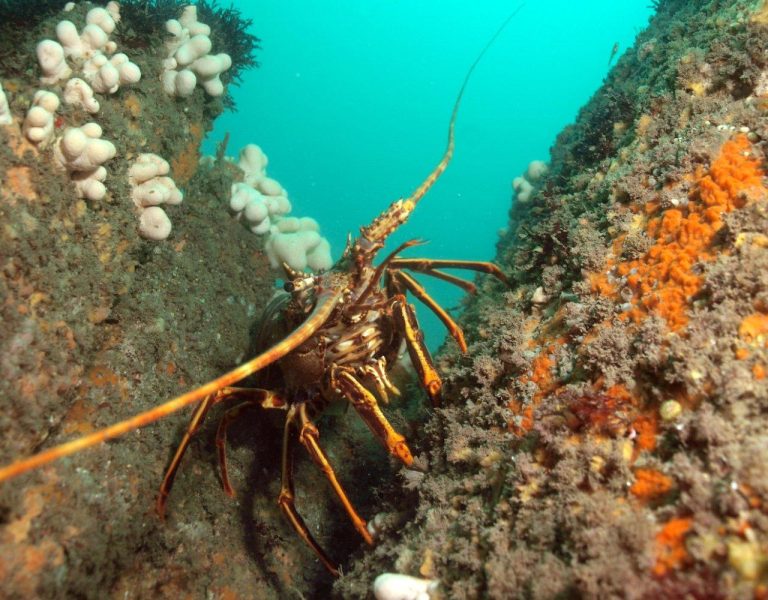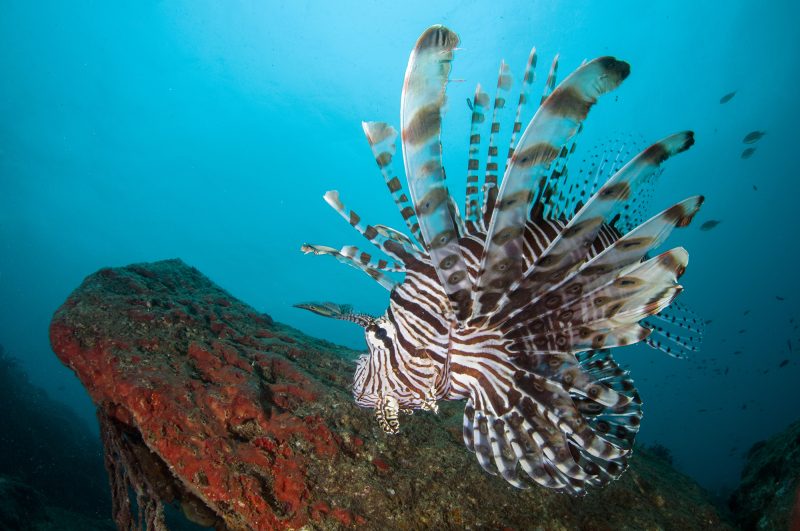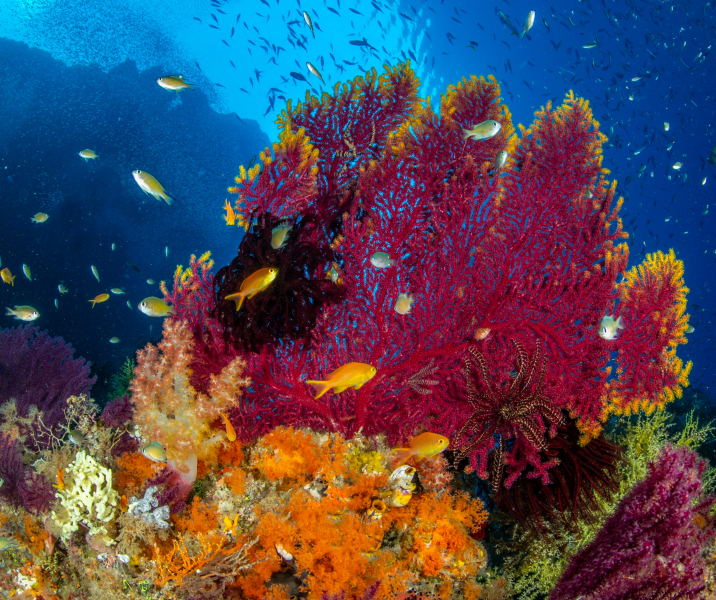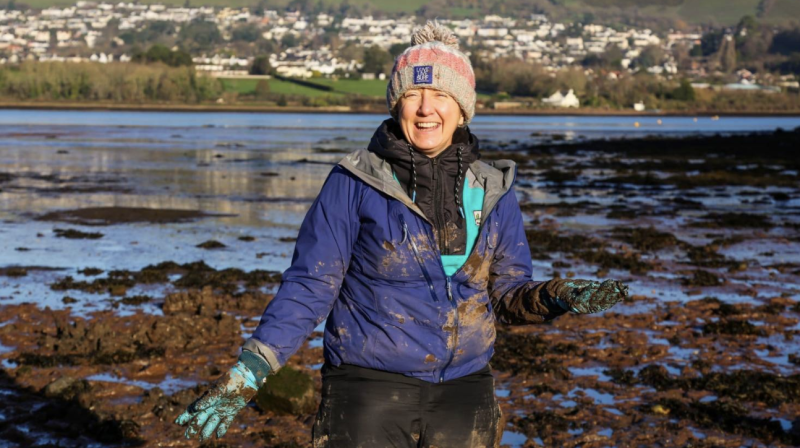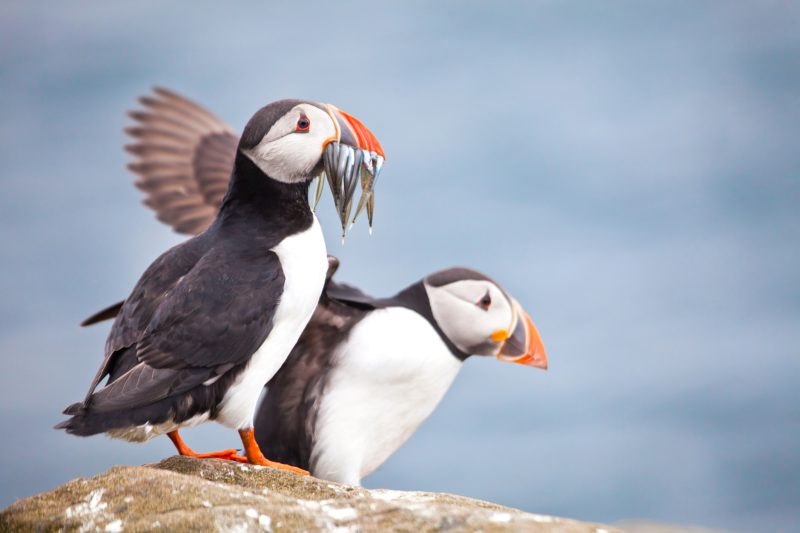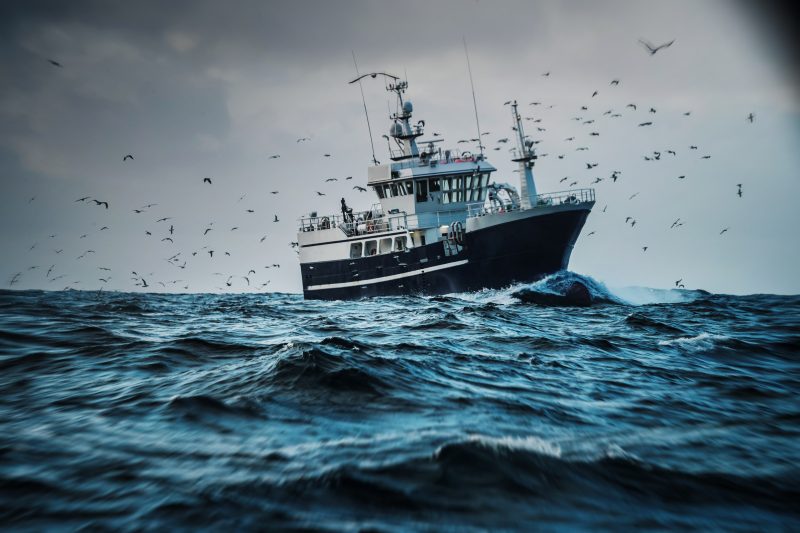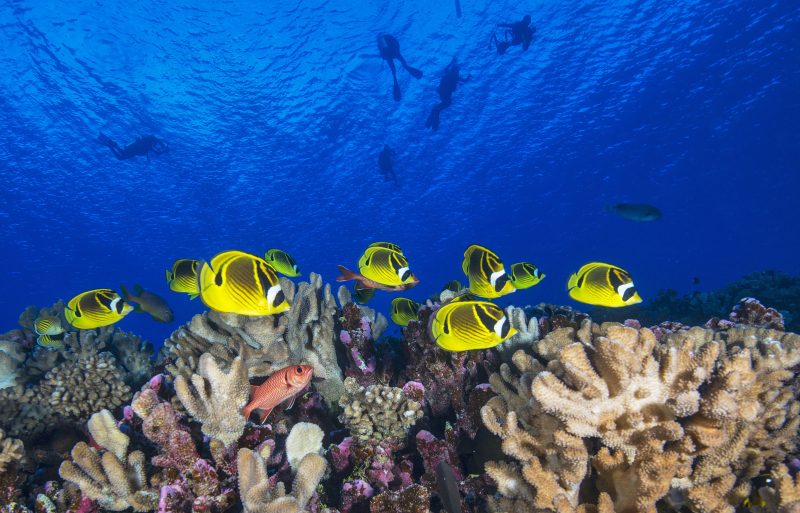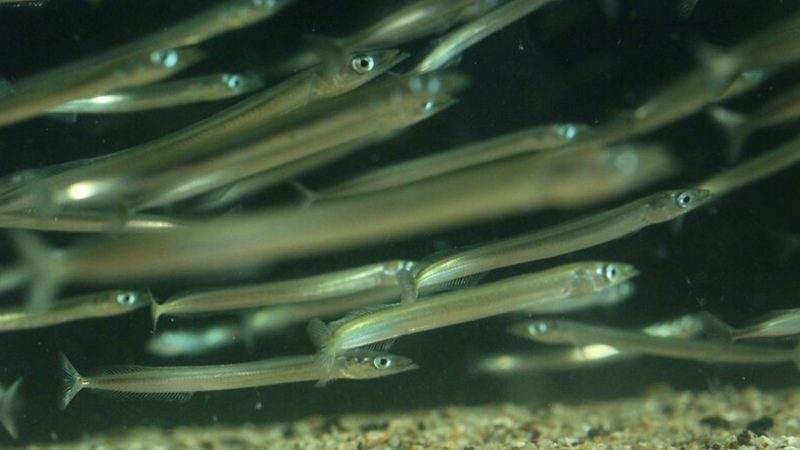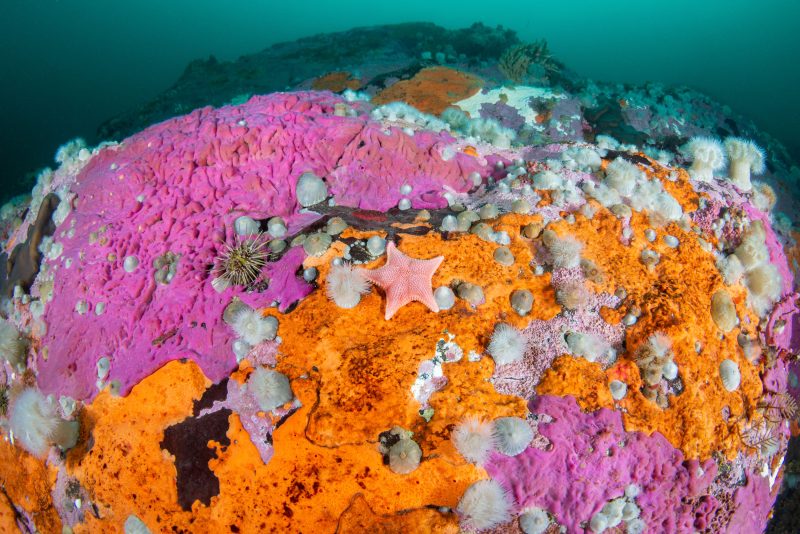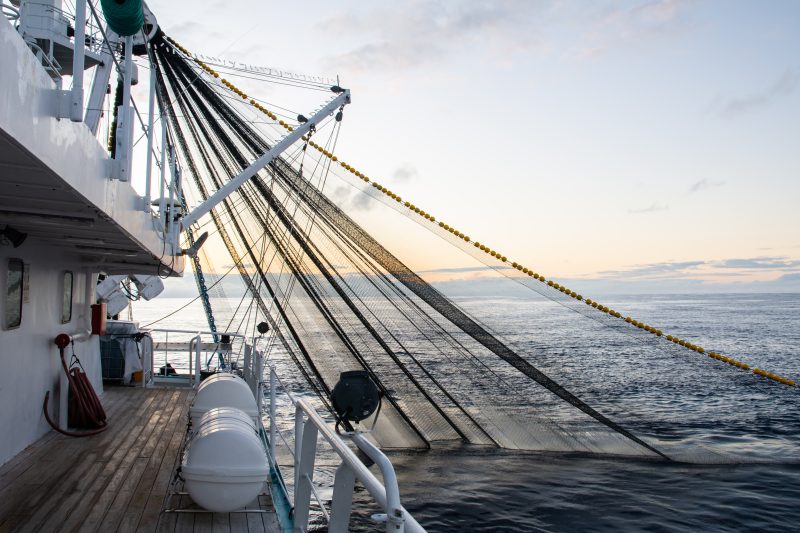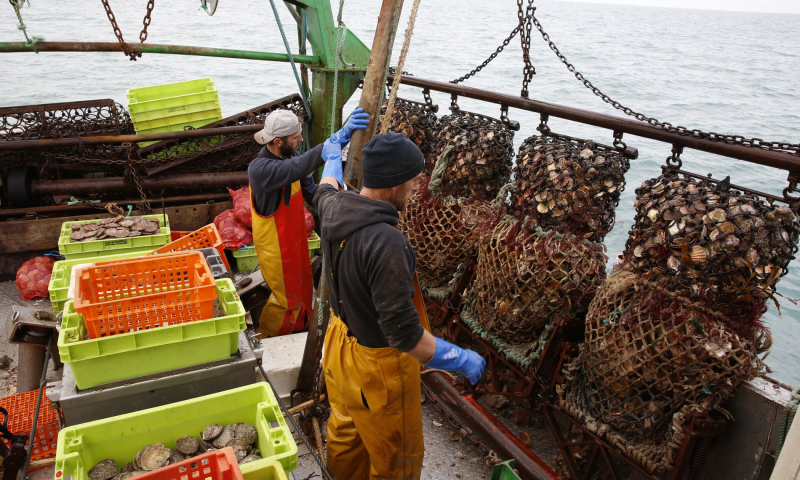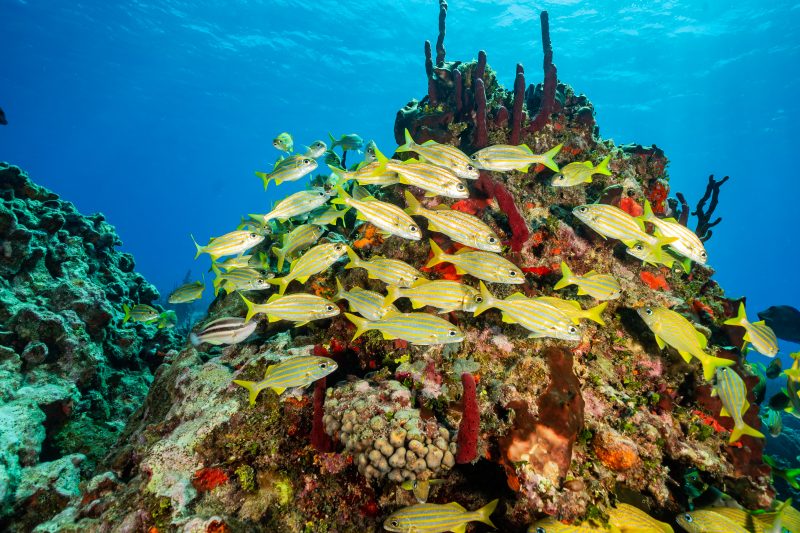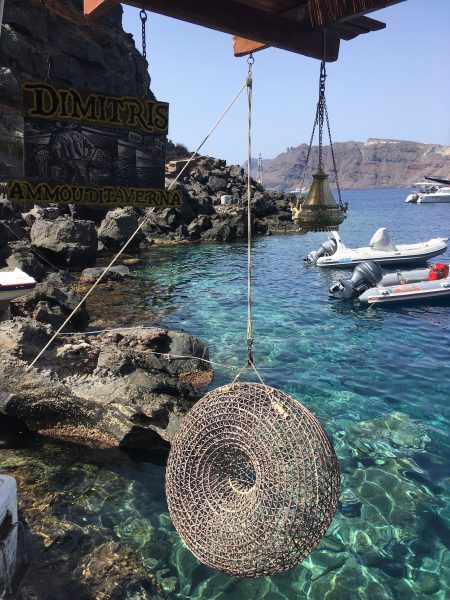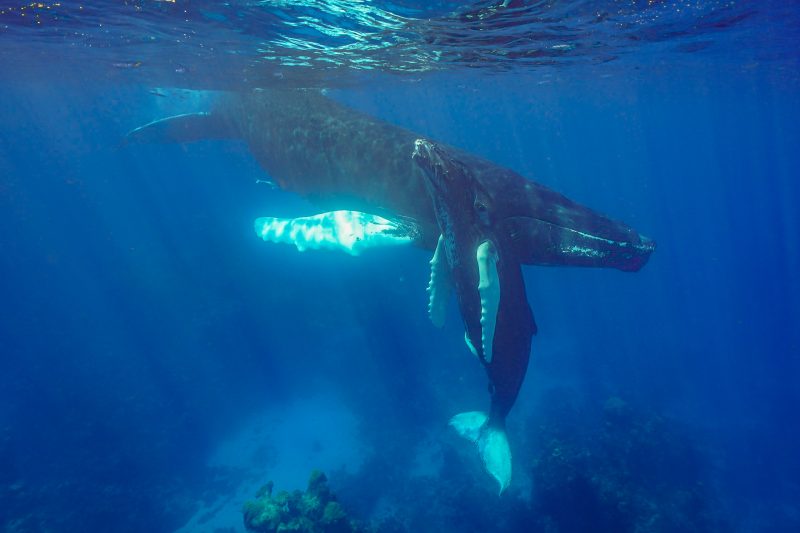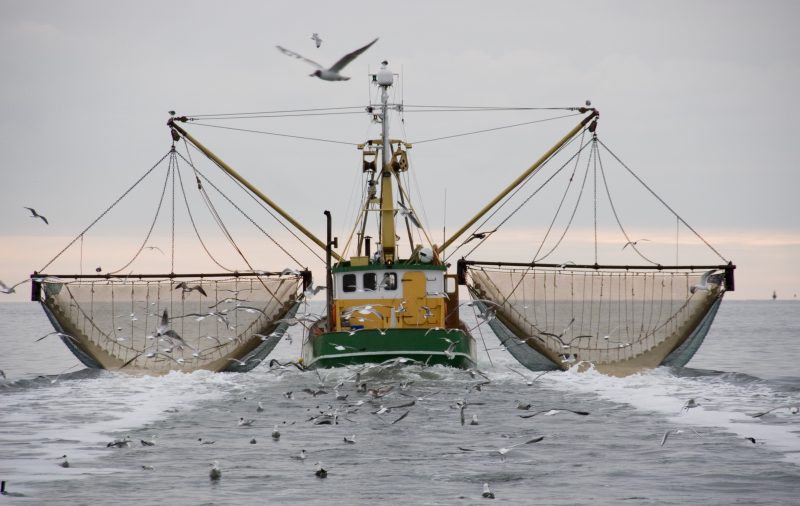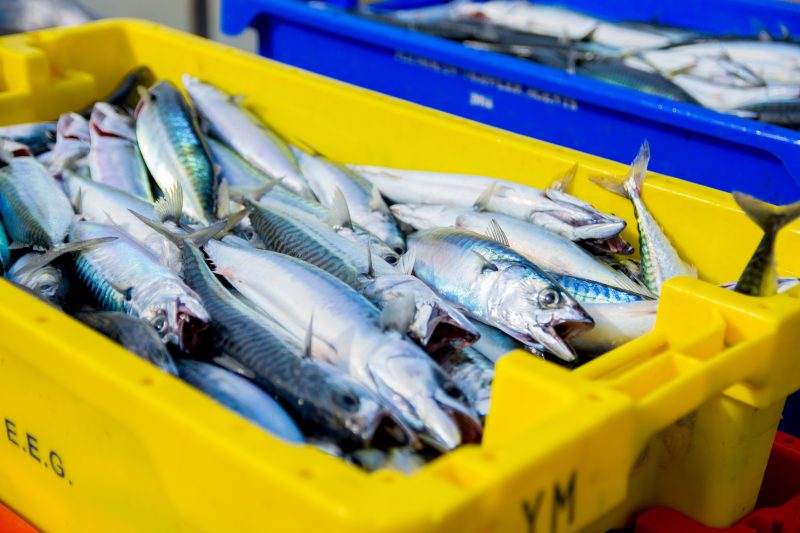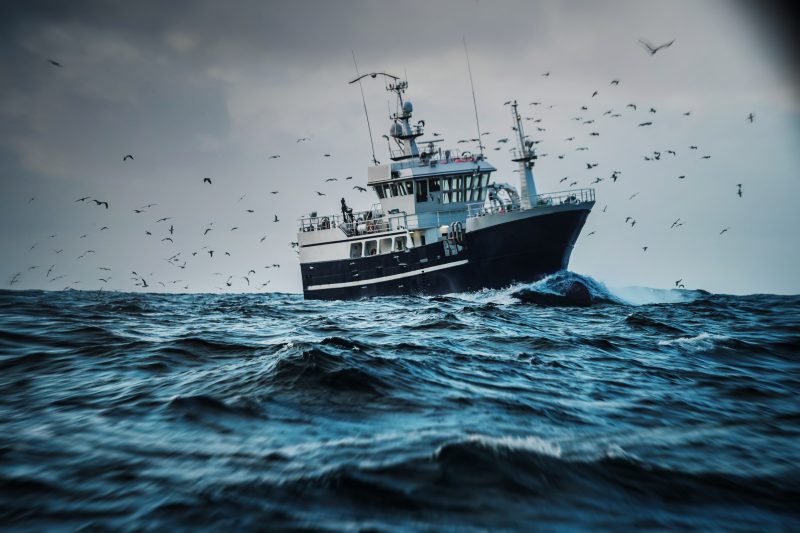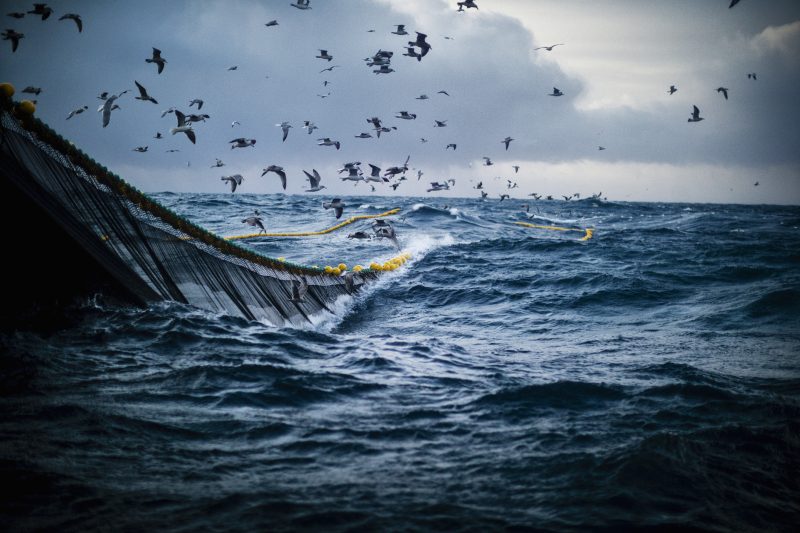On 1st March, the Lyme Bay Consultative Committee held its 30th meeting in Lyme Regis. The meeting was attended by representatives from the main fishing ports operating in the Lyme Bay Reserve as well as local and national regulators, scientists and BLUE staff. The meeting kicked off with updates on the progress of various activities that have been running under the project.
A potting intensity study to assess the impact of potting density on seabed biodiversity and target species is being run by Plymouth University who gave an update on the progress of this study. They have been analysing the huge number of videos taken on the seabed floor to assess species composition and density and noted that the potting intensity project has already demonstrated great success through the collaboration demonstrated between the scientific and fishing communities. Marine science of this kind has previously been completed by scientists in isolation of the fishing community; however in Lyme Bay, the local inshore fishing community have been heavily involved in the conception, design, initiation and maintenance of this project.
One of our aims at the Lyme Bay Fisheries and Conservation Reserve is to help fishermen achieve top pricing for their catch to reward them for fishing in a sustainable way. One of the activities that has been key to doing this is the installation of chiller units and ice facilities in each of the ports which allows the fishermen to keep their catches fresher for longer and so less fish is wasted. BLUE has successfully enabled (alongside EFF funding) the building of these units in two out of the four main ports in Lyme Bay and has been working towards getting these installed in the remaining two ports. The chairman gave an update to the meeting on progress with this activity stating that necessary planning permissions have now been obtained and now funding must be raised for the building costs.
Forty vessels operating in the reserve have been fitted with inshore Vessel Monitoring Systems (iVMS – much like a GPS unit) to monitor fishing effort in the bay area. Plymouth University has expressed an interest in using the data generated and has offered financial support to the programme.. They plan to overlay this iVMS data with the potting study data to get a good overall picture of fishing intensity in the reserve and its effects.
West Bay fisherman Dave Sales has been visiting local primary schools as part of the Schools Outreach Programme for several years now. He teaches local children about the Lyme Bay Fisheries and Conservation Reserve and how he and his fellow fishermen are working together to manage the area for future. The coordinator of this programme reported that since the last meeting Dave had visited a college and will soon be visiting two more primary schools in the region. Several other schools are interested in hearing about the work in Lyme Bay and education materials are being developed.
Southern IFCA who manage the fisheries in the Dorset side of Lyme Bay updated the group on their work in the area. They will be assessing the impacts of static fishing gear activities within Lyme Bay and fishing activity mapping data gathered by the group for the Fully Documented Fisheries Project will add confidence to these assessments. They are also developing a new Marine Protected Area Regulatory Notice byelaw which would give them the ability to introduce regulatory notices for the management of fishing activities within or adjacent to Marine Protected Areas, for the purposes of furthering conservation objectives and for the coherent management of sites.
The Dorset Coast Forum announced to the group that they are applying to set up a Fisheries Local Action Group (FLAG) which will encompass the Lyme Bay reserve. This FLAG would allow the group to apply for funding under the new European Maritime and Fisheries Fund. The group hope to find out if we have been successful by summer 2016. The FLAG objectives include port improvements, adding value to catches, helping with diversification and accreditation.
One of the other ways that BLUE are helping fishermen to achieve top pricing for their catch is by creating the Lyme Bay Reserve Seafood brand which markets the sustainable, premium quality, provenance-assured seafood of Lyme Bay. This has been running since autumn 2015 but has been slow over the winter as the weather has made it too rough for the fishermen to fish..
The launch of Reserve Seafood has been in the news recently having been covered by several local news outlets as well as by ITV news. The ITV News piece can be viewed here: https://vimeo.com/157164584
Finally, the issue of licence capping which is being introduced to address the issue of latent capacity was brought up. This will likely affect a large proportion of the fleet operating in Lyme Bay by limiting the amount of fish that they can catch. Most small boats use a variety of gear and methods dependent on season so could lose this flexibility if they are capped. BLUE intends to aid the fishermen with the appeal process and plans to make representations to the fisheries minister.
The next committee meeting is planned for June 14th.
If you are interested in supporting our work in Lyme Bay, please see our website www.bluemarinefoundation.com where you can read about the project and donate to BLUE.

